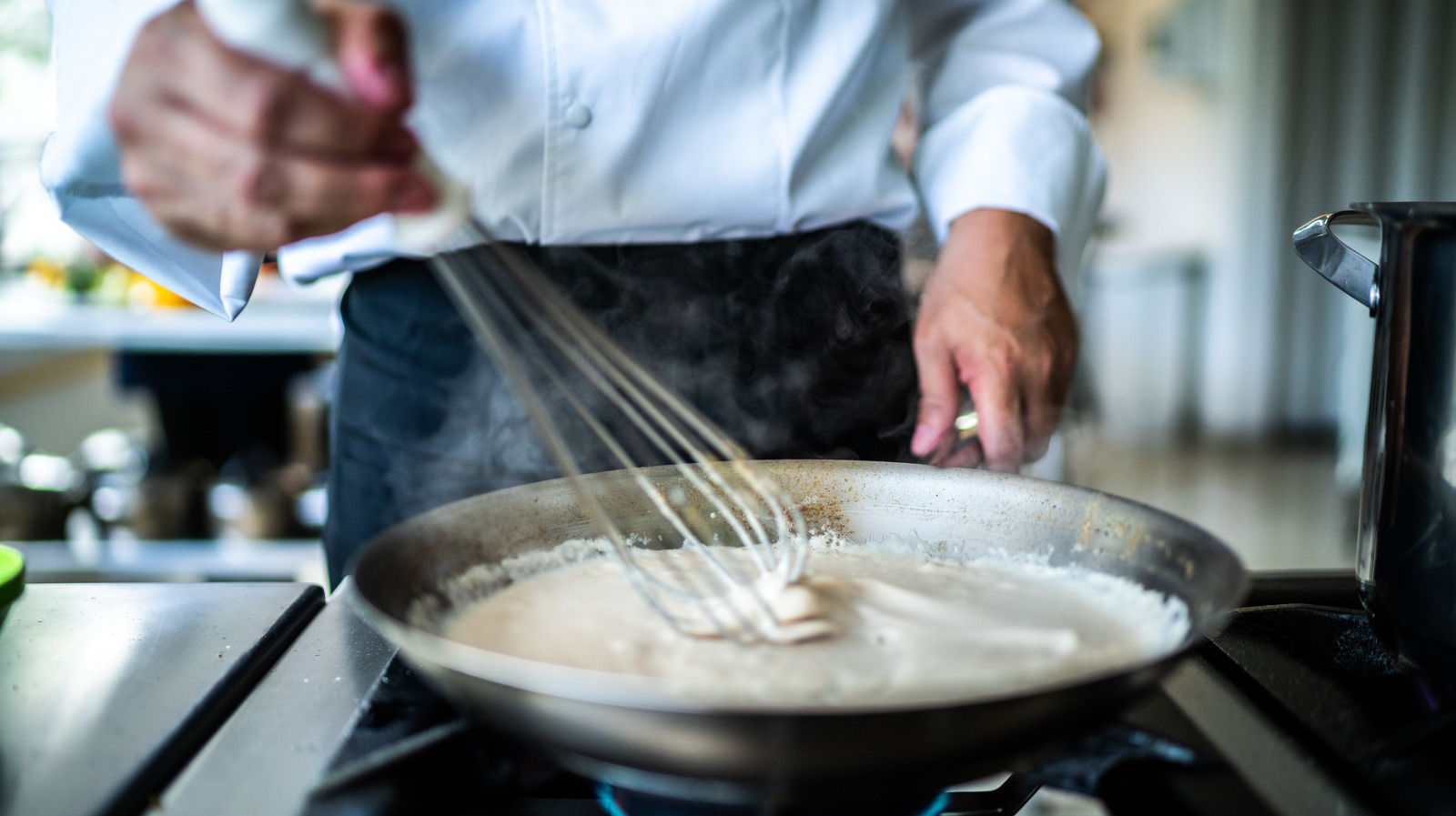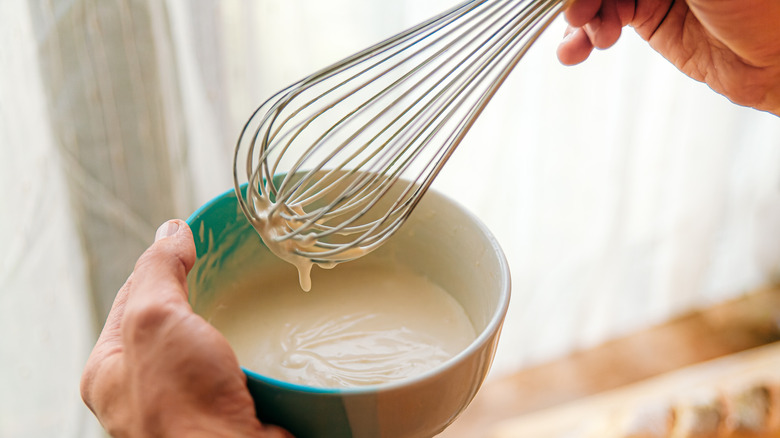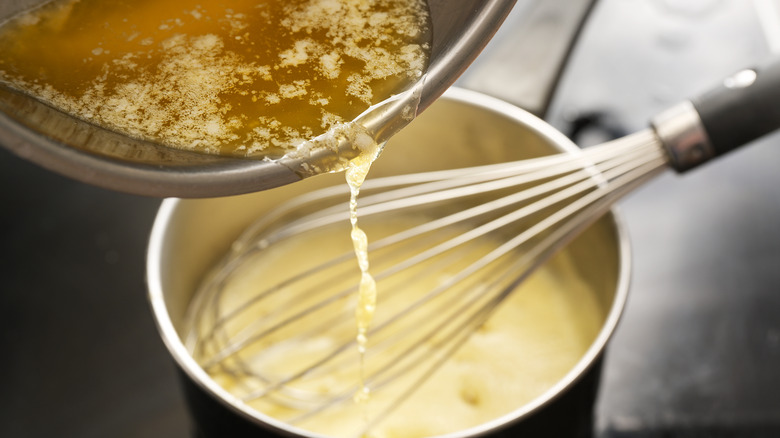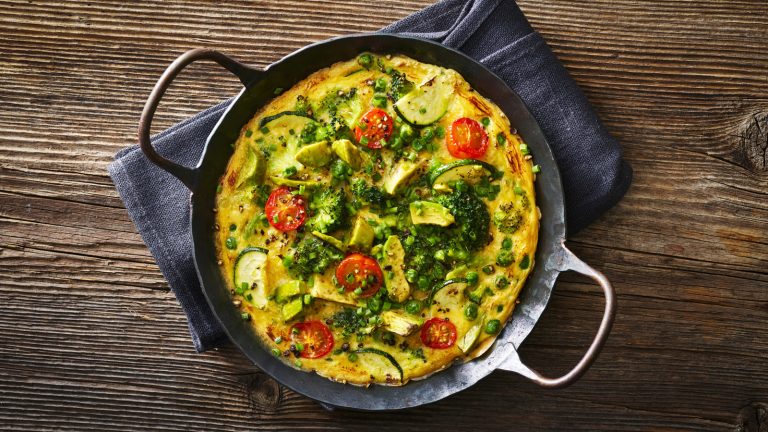Even for a seasoned cook, sauces come with a mysterious aura. Whether you’re whipping up one of the classic five French mother sauces, crafting a dressing, or merging ingredients in a more innovative fashion, there’s an intricate complexity to the assembly. Most often, an emulsion occurs in many sauce recipes, using a delicate balance of fat, water, and further ingredients to craft a unique texture. Through an external ingredient — as well as force — this allows typically repellent ingredients to hold.
Such a process lends sauces their beloved thick texture. However, especially with certain renditions, it also makes them unstable; a reheated batch can turn out disappointingly runny and off-textured. After all, it’s changes in temperature that often lead to separation. As a result, it’s handy to keep certain precautions in mind while enjoying leftover sauces, both to prevent and repair unwanted breaking.
Most importantly, know the reasons that the foodstuff falls apart. If your sauce is dairy or egg based, then the culprit is likely curdling. Meanwhile, a pan sauce breaks once there’s not enough water; perhaps it evaporated out. And with many fatty emulsified sauces, simply the refrigerator’s cooler temperature can cause the sauce to separate. So, by knowing the cause, you’ll be ready to remedy accordingly.
Reheat and fix the sauce based on its composition
Whenever you’re reheating a particular sauce, note what causes separation to remedy accordingly. For instance, dairy and egg based sauces are especially sensitive to heat: High temperature makes their protein structure fall apart. So, if you’re throwing a cream based sauce that pairs with pasta into the microwave or back on the stove, proceed with caution. Just a few excess minutes of heating can cause the proteins to curdle, leading to an unpalatable chunky consistency. Fixing such an issue is tricky: You could either sieve or add roux, but success isn’t guaranteed. Meanwhile, when eggs are the main base, repair is more straightforward; create a small amount of fresh sauce, and then stir the broken one in increments until it reforms.
On the contrary, heat is necessary to remedy a pan sauce. So, whenever you’re reheating a dish that involves an aromatic liquid scrubbed off of the pan, turn up the stove to aid emulsion reformation. With enough whisking — as well as some extra water — you’ll be able to remake the texture. And for sauces like a gravy, you can even use a flavored liquid like chicken stock to create an equally rich-tasting second round. For this reason, stick to preparing such leftovers on the stove, rather than methods like the oven or microwave. Not to mention, agitation is also critical to warming roux-based sauces back up; so reheating a sauce is dependably a hands-on approach.
Keep in mind certain sauces are naturally unstable
Since sauces form their unique composition through many combinations of ingredients, it’s no surprise some are more stable than others. To prevent separation — and the delicate work of fixing a break — avoid some creations from leftovers completely. Most prominently, sauces with dairy and eggs won’t hold well.
In both cases, reheating too fast will curdle the milk or scramble the eggs. Not only is such a result unappetizing, but nearly irreversible. For instance, hollandaise will separate at a relatively low 140 degrees Fahrenheit, and necessitate delicate reheating atop a water bath. Butter, milk, and flour based béchamel performs a bit better, but similarly, you’ll need to apply low heat and stir very methodically. And although there is a great way to reheat Alfredo sauce, it’s notoriously finicky. So, if your liquid contains ingredients like milk, cream, and eggs, think twice before prepping for the week.
On the other side of the spectrum, oil-based sauces with aromatics — like pan sauces, vinaigrettes, or simple tomato sauce, are all more durable and easy to emulsify again. Just don’t forget that quickly added oil can disrupt an emulsion, so proceed carefully when greasing a pan. And if breaking does occur, you can always employ an emulsifier like mustard, cream, or tomato paste to restabilize. Otherwise, warm and stir such delicious saucy creations and enjoy stress-free.







